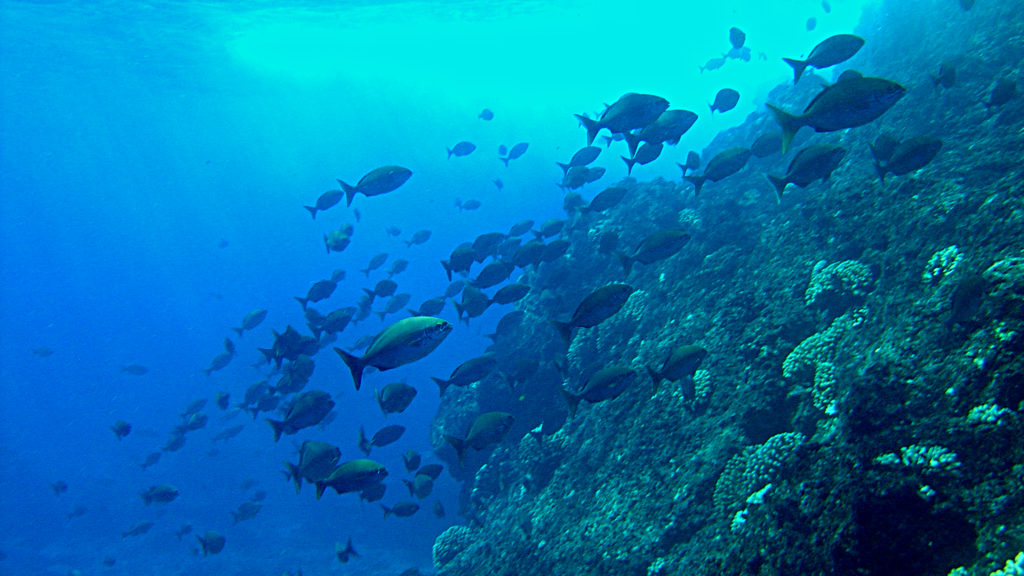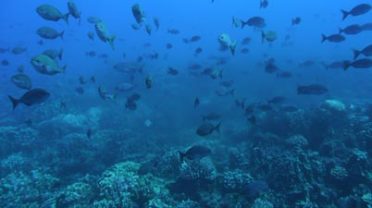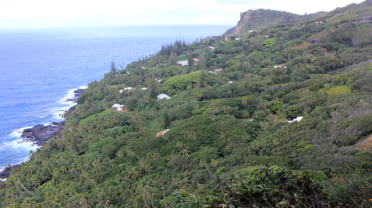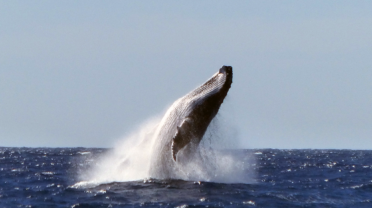In September 2016, the UK government designated the Pitcairn Marine Reserve, spanning the entire Exclusive Economic Zone of Pitcairn’s waters. At over 830,000 km2, it is three and a half times the size of the UK, and is one of the largest fully protected marine reserves in the world. The designation followed years of campaigning by NGOs, scientists, and the community of Pitcairn alike, and is an outstanding example of the UK government’s global leadership in marine conservation.
Fully protected marine reserves are areas of the ocean that are secured against extractive activities such as fishing and oil and gas drilling. They are a vital tool in conserving marine habitats, and have been shown to increase the diversity, abundance, and the size of species compared to areas that are not protected. The UN Convention on Biological Diversity calls for 10 percent of the world’s oceans to be protected by 2020 with most scientists now calling for 30% of the ocean’s to be fully protected. However, unfortunately to date only around 4 percent of the world’s seas have any form of protection, with less than 2 percent being safeguarded in fully protected marine reserves.
In 2007, Global Ocean Legacy, a project of the Pew Charitable Trusts and its partners, identified the Pitcairn Islands as a possible location for a world-class marine reserve. Over the following years Pew consulted with the Pitcairn community, researched and commissioned reports, and in 2012 partnered with the National Geographic’s Pristine Seas project on the first ever expedition to explore Pitcairn’s deep-sea areas. In 2013, Pew, National Geographic, and the Pitcairn Island Council submitted a joint proposal to the British Government for the creation of a marine reserve to cover the vast majority of Pitcairn’s waters. In late 2014, Pew joined forces with the Marine Reserves Coalition and the Royal Society for the Protection of Birds to launch the Great British Oceans campaign. The aim of this campaign was to encourage the UK government to make commitments to the creation of marine reserves in several of the UK Overseas Territories, including Pitcairn, before the 2015 General Election.
The Pitcairn Marine Reserve will be monitored and enforced by the Virtual Watchroom’s project Eyes on the Seas. This innovative tool combines satellite imagery with other information sources such as oceanographic information and fishing vessel databases, to build up a real time picture of suspicious fishing activity. This project is a collaboration between Pew and the Oxford-based Satellite Applications Catapult.
The Satellite Applications Catapult and the Pew Charitable Trusts are working together to use satellite technology to monitor suspicious fishing activity around Pitcairn.


 中文
中文 MY
MY ID
ID


